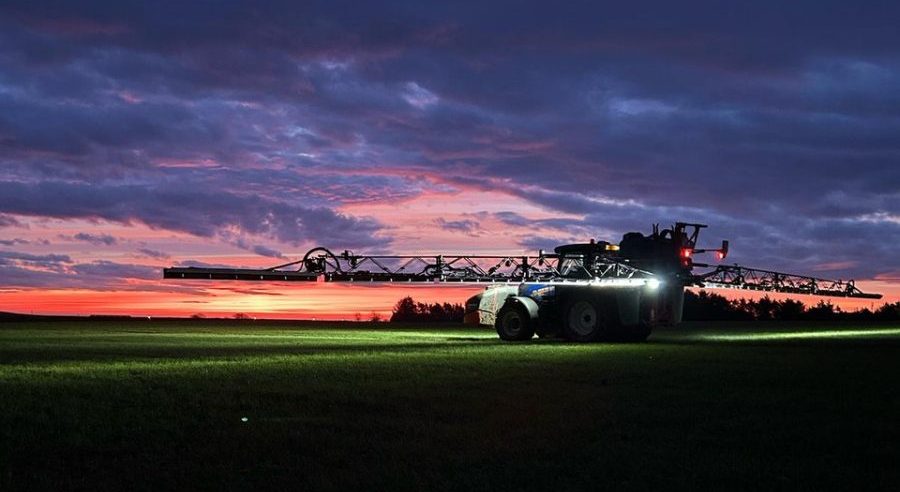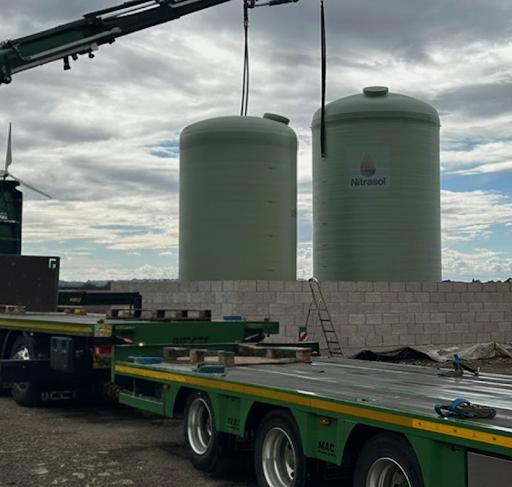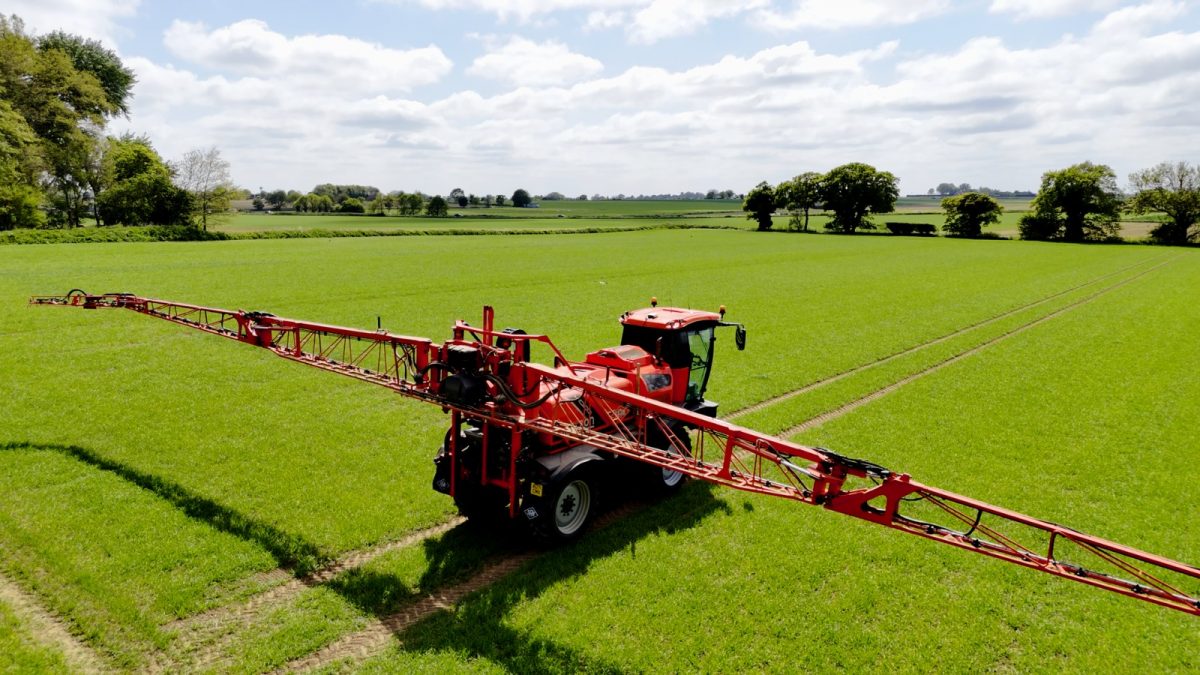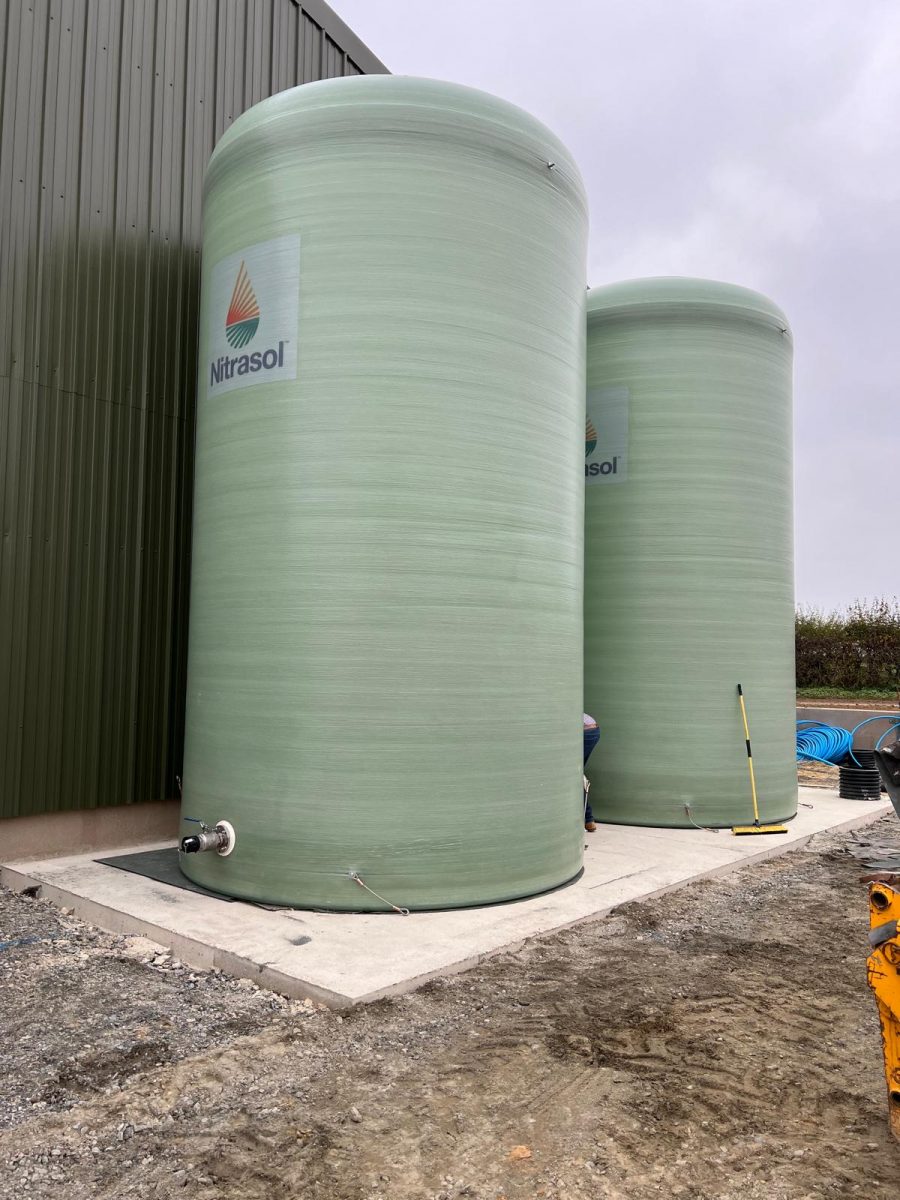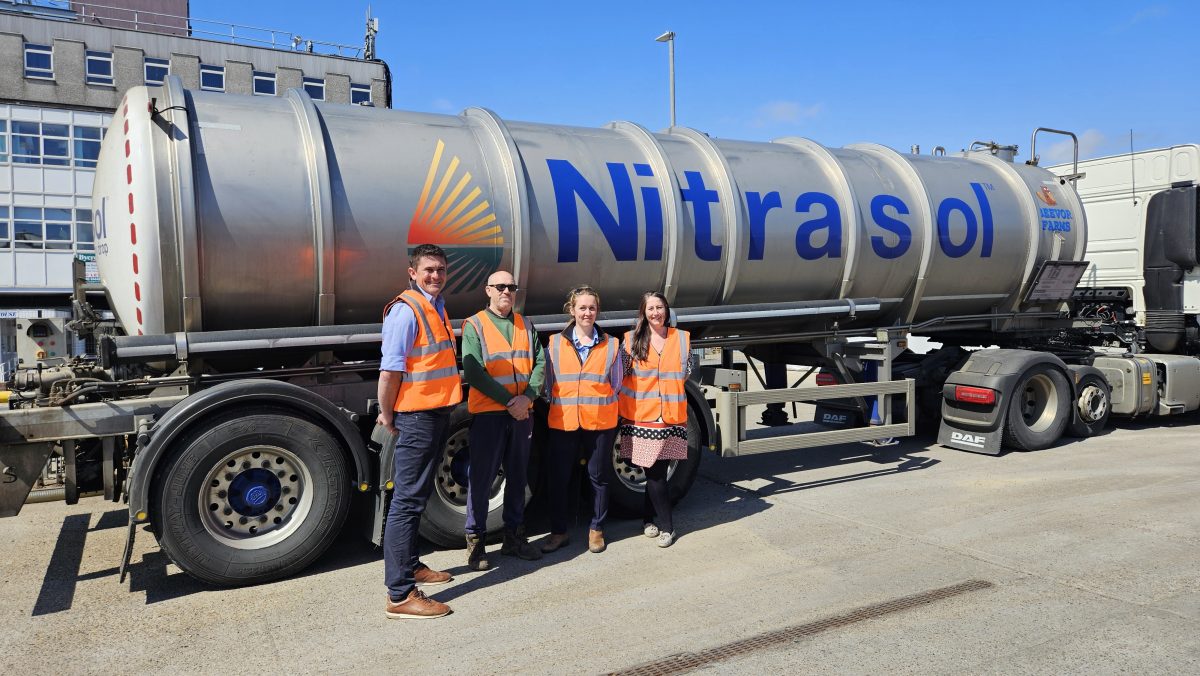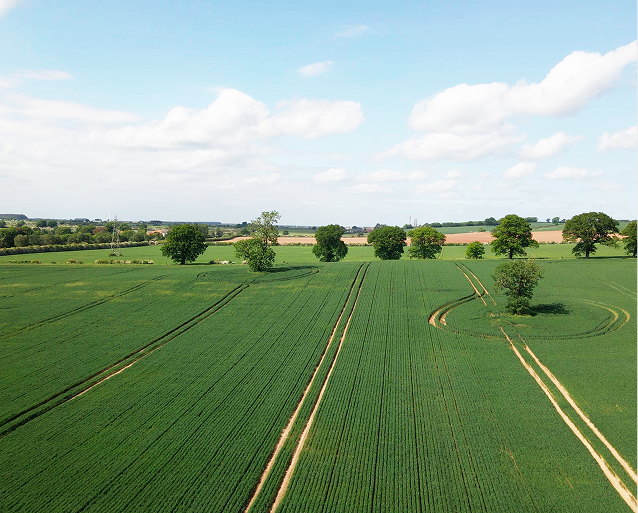Switching to liquid fertiliser is more than just a system upgrade—it’s a strategic shift toward greater efficiency, sustainability, and yield reliability. At Nitrasol, we’re helping UK farmers take this step with confidence. With proven results across farms like HB Farms in Aberdeenshire, switching to Nitrasol Liquid Fertilisers delivers real, measurable value.
In this guide, we break down the top reasons to convert, the key planning considerations, and share an in-depth real-world case study to help you assess the opportunity.
5 Reasons to Switch to Liquid Fertiliser
1. More Precise Application
Liquid fertiliser enables targeted nutrient delivery. By ensuring uniform coverage across the entire field—including challenging areas like headlands—farmers reduce variability, minimise wastage, and enhance performance.
2. Faster Nutrient Availability
With faster root-zone uptake, crops receive nitrogen and sulphur immediately—especially critical during peak growth periods. Nitrasol’s liquid grades combine readily available and slow-release nitrogen for balanced nutrition throughout the season.
3. Operational Efficiency & Cost Savings
Switching to a liquid system reduces:
- Labour (no more bag handling)
- Machinery wear
- Fuel use
- Fertiliser wastage
This results in both direct cost savings and smoother day-to-day operations.
Additionally, increasing boom widths allows operators to cover more ground per pass, which reduces the number of tramlines required and maximises effective cropping area—further contributing to operational efficiency.
4. Storage & Logistics Benefits
Liquid fertiliser eliminates bag storage hassles. With Nitrasol, fertiliser is stored in purpose built tanks, placed for convenience around the farm, and topped up via reliable, timed deliveries.
Tanks can be filled by hauliers without anyone from the farm needing to be present, and no forklift is required.
5. Flexibility & Sustainability
Mid-season adjustments are easy with liquid fertiliser. Grades can be switched as crop needs change, and liquid application aligns well with precision farming tools, enhancing both agronomic and environmental outcomes.
Making the Switch: Key Considerations for Conversion
To ensure a seamless transition, farmers should plan around these core areas:
1. Cropping Plan
- Identify requirements across arable and grassland areas.
- Estimate annual nutrient needs.
- Plan tank placements and total capacity.
2. Nutritional Planning
- Match crops to optimal grades: Straight N, N+S, NP, NPKS, or inhibitor-enhanced options.
- Consider split applications and integration with organic nutrients where appropriate.
3. Storage & Compliance
- Choose GRP or polyethylene tanks.
- Complete environmental and physical site risk assessments.
- Ensure bunding, valve sizing, and location comply with safety standards.
4. Purchasing & Delivery
- Book autumn tank fills early and take the balance during spring application.
- Maximise return with high-concentration solutions (e.g., Nitrasol 30N+10SO₃).
5. Application Equipment
- Assess sprayer type and condition.
- Calibrate nozzles and spacing for desired forward speed and rate.
- For grassland, consider specialist dribble bars or hose booms.
Need support? Nitrasol’s regional team can guide your setup in partnership with your local merchant.
Real-World Results: HB Farms’ Conversion to Nitrasol
Background
HB Farms, managed by Harriet and Ben Lowe, is a mixed arable and pig operation in Newburgh, Aberdeenshire. Previously reliant on granular fertiliser, the farm faced ongoing issues with logistics, headland accuracy, and nutrient consistency.
The Challenge
Granular fertiliser brought labour challenges, storage limitations, and yield variability—especially around field margins. The farm needed a solution that combined better performance with streamlined logistics.
Why They Chose Nitrasol
HB Farms made the switch to Nitrasol 30N + 10SO₃, citing key advantages:
- Better accuracy on headlands.
- Cleaner, more efficient logistics.
- Competitive pricing versus local granular options.
- High-quality technical support during conversion.
Implementation Process
With Nitrasol’s support, HB Farms:
- Invested in a new sprayer with wider tramlines.
- Installed strategically placed storage tanks.
- Received application advice tailored to their cropping plan.
Switching to Liquid Fertiliser – The Results
Agronomic Gains:
- Improved uniformity and nitrogen uptake—even during a dry spring.
- Superior performance vs neighbouring fields using granular fertiliser.
Operational Efficiencies:
- Eliminated telehandler work for bags.
- Over 20 hectares per sprayer fill.
- Reduced on-farm vehicle movement and tarmac wear.
Environmental & Economic Payoff:
- Enhanced Nitrogen Use Efficiency (NUE).
- Integrated use of pig manure with liquid fertiliser.
- Plans to test urease inhibitors and carbon sources (e.g. molasses) in future.
Harriet & Ben had this to say about their overall experience:
“Liquid fertiliser has been something our business has been working towards for a number of years. Switching to Nitrasol has delivered all of that—and more.”
“Their communication has been excellent, the service reliable, and it’s encouraging to see more competition in the liquid fertiliser space.”
— Harriet & Ben Lowe, HB Farms
Why Now Is the Time to Switch
Converting to liquid fertiliser is an investment in productivity, precision, and futureproof farming. With Nitrasol, you don’t just get fertiliser, you gain a partner in your transition.
Whether you’re a large-scale arable operation or a mixed enterprise looking to reduce waste and improve yield consistency, Nitrasol offers the support, flexibility, and product quality to make it work.

